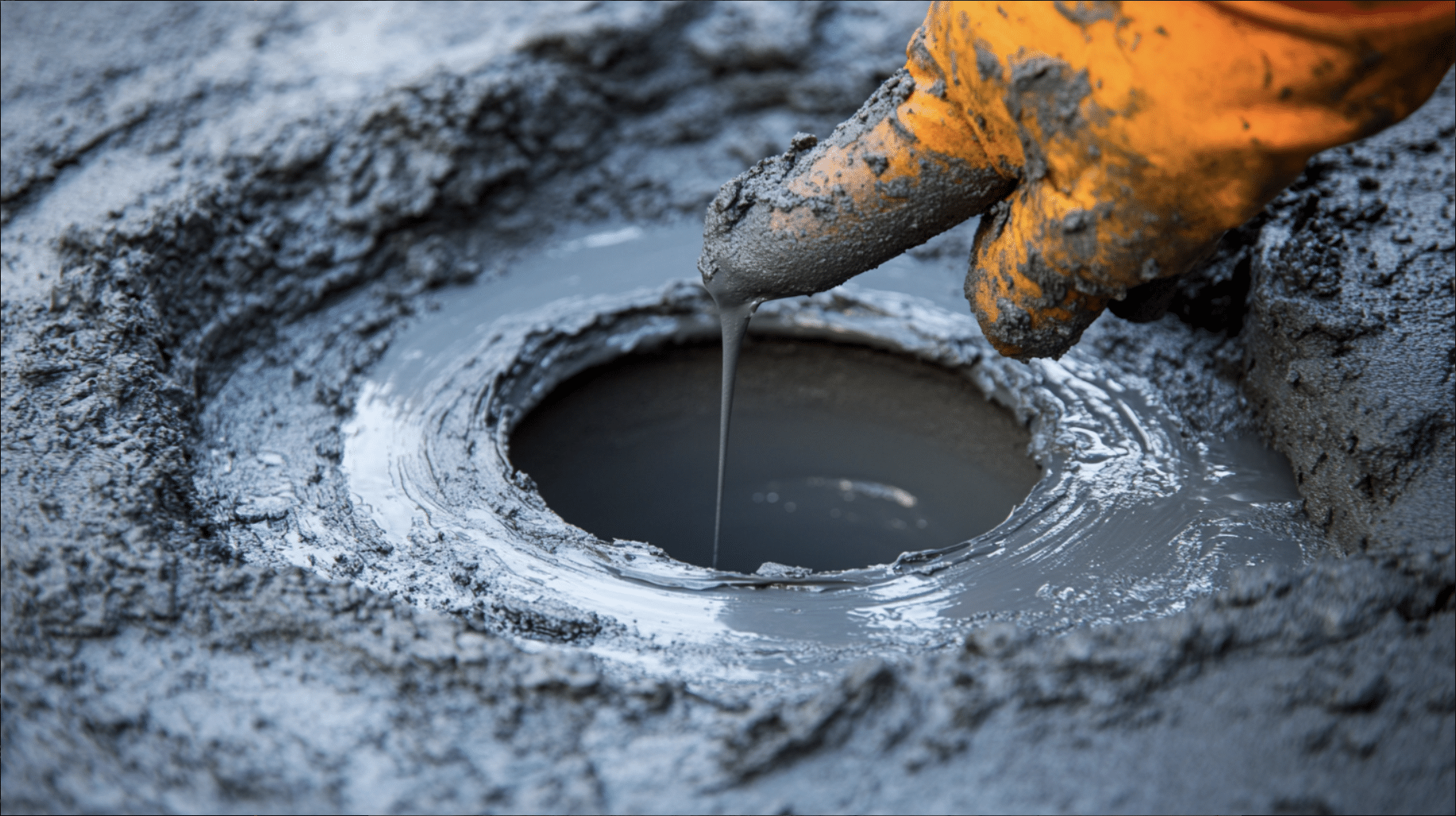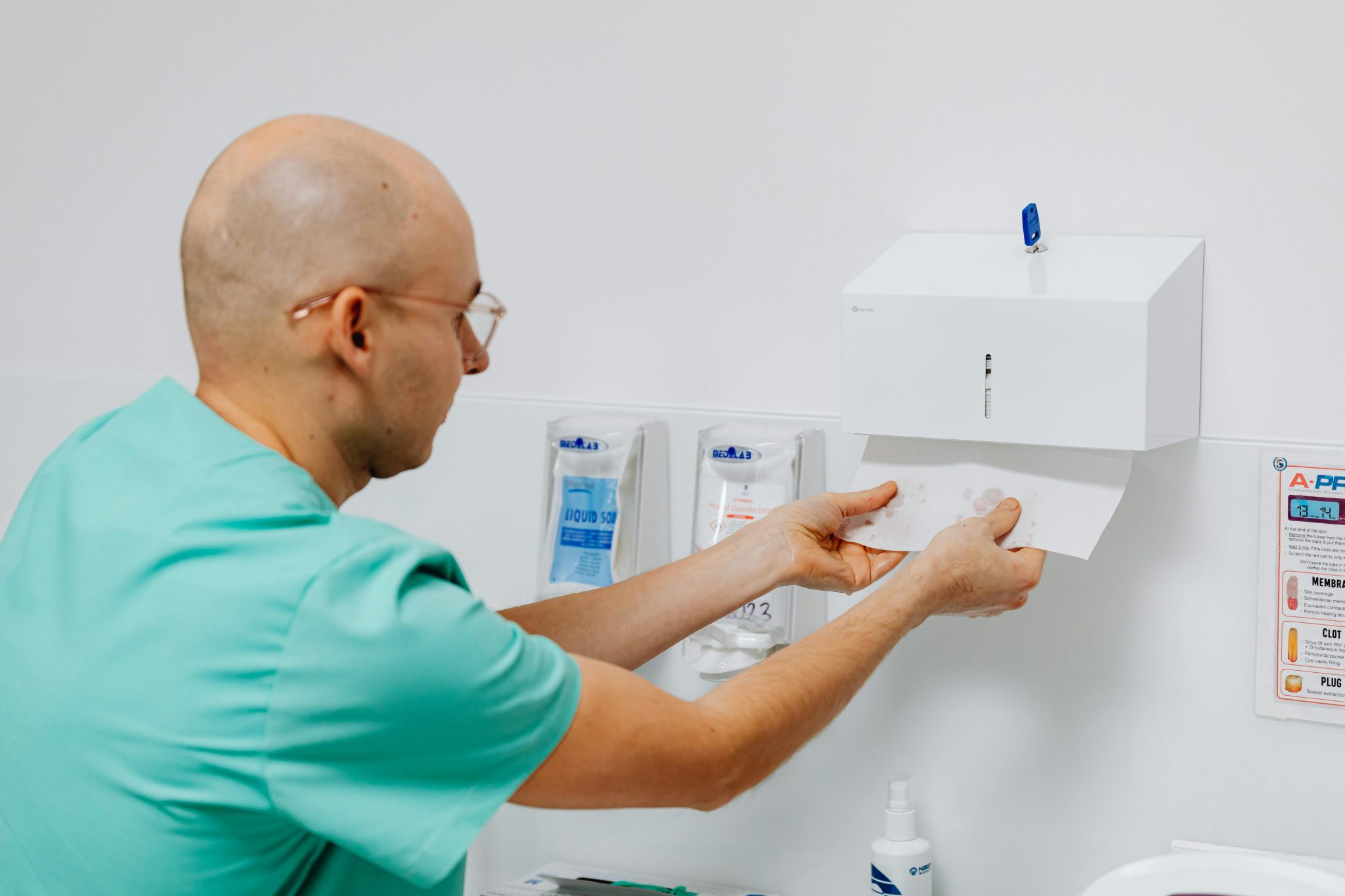Can Silicone Replace Plumber’s Putty in Plumbing Tasks?
When faced with a plumbing repair, you might wonder if silicone can replace plumber’s putty.
It’s a common dilemma for homeowners and DIY enthusiasts alike.
Both materials are placed in plumbing tasks, but choosing the wrong one could lead to leaks or damage.
Don’t worry – we’ve got you covered.
In this article, we’ll explore the key differences between silicone and plumber’s putty, helping you choose your plumbing needs.
We’ll examine each material’s pros and cons, discuss its ideal applications, and provide practical tips for using it effectively.
By the end, you’ll have the knowledge to tackle your plumbing projects confidently, ensuring watertight seals and long-lasting repairs.
Plumber’s Putty: Understanding the Basics

Plumber’s putty and silicone caulk are essential sealing materials in plumbing, but they have different properties and uses.
This section explores these materials, how they’re typically used, their key characteristics, and more.
Plumber’s putty is a soft, moldable sealing material used in plumbing.
It is usually made from clay powder and oils like linseed or fish oil.
Typical Uses in Plumbing
- Sealing Drains and Faucets
- Filling Small Gaps in Plumbing Fixtures
- Versatility Across Different Surfaces
Characteristics
- Pliable and Easy to Mold
- Doesn’t Harden Quickly
What is Silicone Caulk?
![]()
Silicone caulk is a flexible, rubber-like sealant made from silicone elastomers, providing flexibility and toughness.
Typical Uses in Plumbing
- Sealing joints and seams in fixtures like sinks, showers, tubs, and toilets.
- Also used in non-plumbing jobs like sealing windows, doors, and house siding.
Characteristics
- It is flexible and can handle movement and expansion, suitable for areas with temperature changes or vibrations.
- Can resists cracking, peeling, and shrinking, providing a long-lasting seal.
- Holds up well against water, mold, mildew, and high temperatures, making it ideal for damp or hot areas.
How to Apply Plumber’s Putty and Silicone Caulk
Knowing how to properly apply plumber’s putty and silicone caulk is crucial for successful plumbing repairs.
Applying Plumber’s Putty
- Clean the Surface
- Take the Right Amount
- Apply and Press
- Remove Excess
Applying Silicone Caulk
- Prepare the Surface
- Cut the Tip
- Apply Evenly
- Smooth the Bead
- Clean Up
Comparative Analysis: Plumber’s Putty and Silicone Caulk
Plumber’s putty and silicone caulk each have unique strengths for different plumbing tasks.
| Aspect | Plumber’s Putty | Silicone Caulk |
|---|---|---|
| Comparative Analysis | Flexible, easy to reapply, suitable for tasks requiring adjustments. | Durable, better moisture resistance, ideal for permanent solutions. |
| Longevity and Durability | Soft and flexible, lasts about 15 years if undisturbed. | Highly durable, resistant to cracking, peeling, and shrinking. Generally lasts about 10 years. |
| Maintenance and Reapplication | Can be adjusted and reapplied easily, molded as needed. | Cannot be repositioned once applied and cured, requires complete removal if damaged or applied incorrectly. |
| Final Thoughts | Best for temporary fixes and areas needing flexibility. Ideal for sealing drains and faucets. | Recommended for long-term tasks due to durability and moisture resistance. Perfect for sinks, showers, tubs, and hot/wet areas. |
For most long-term plumbing tasks, silicone caulk is usually the better choice because it lasts long and can be used in many situations.
Plumber’s putty works better for temporary fixes and jobs that might need future adjustments or where flexibility is really important.
Can I Use Silicone Instead of Plumber’s Putty?
Yes, silicone can often replace plumber’s putty, especially for permanent seals and very wet areas.
The choice depends on what you need:
How long it should last, how flexible it needs to be, and what materials you’re using it on.
When is Silicone Better?
From moisture-prone areas to high-heat zones, you’ll discover why silicone is often the superior choice for long-lasting plumbing solutions.
- Permanent Seals in High-Moisture Areas: Great for sinks, showers, and tubs that are constantly wet.
- Durability: Provides a long-lasting, waterproof seal that resists cracking or peeling.
- High-Temperature Environments: Handles high temperatures well, making it suitable for areas near hot water pipes and fixtures.
- Material Compatibility: Adheres well to many materials, including metal, glass, and ceramics.
When is Plumber’s Putty Better?
From temporary fixes to specific surface applications, you’ll learn why plumber’s putty remains a go-to solution for certain plumbing tasks.
- Temporary Fixes: Stays soft and can be easily removed or adjusted, ideal for temporary seals.
- Filling Small Gaps: Effective for filling small gaps and cracks around plumbing fixtures.
- Non-Metallic, Non-Porcelain Surfaces: Works better on surfaces like plastic and wood.
Conclusion
In the debate of silicone versus plumber’s putty, there’s no one-size-fits-all solution.
Both materials have their strengths and ideal applications in plumbing tasks.
Choosing between silicone and plumber’s putty depends on your specific needs.
Consider factors like the job’s permanence, moisture exposure, and surface type.
By understanding the strengths of each material, you can make informed decisions for your plumbing projects, ensuring long-lasting and effective repairs.
Frequently Asked Questions
Can Silicone Sealant Be Used in Place of Plumber’s Putty?
Yes, silicone sealant can often replace plumber’s putty, especially for permanent seals in wet areas. It’s more durable and flexible, but harder to remove if needed.
What Lasts Longer, Plumber’s Putty or Silicone?
Silicone typically lasts longer than plumber’s putty. Silicone can last 10-20 years, while plumber’s putty usually lasts 5-10 years. However, silicone is harder to remove or adjust once set.
What Can I Use Instead of Plumber’s Putty?
Alternatives to plumber’s putty include silicone caulk, Teflon tape, rubber gaskets, plumbing sealant, and epoxy putty. Choose based on the specific job, surface type, and whether you need a permanent or adjustable seal.
Can You Use Silicone for a Sink Drain?
Yes, you can use silicone for a sink drain. It’s good for creating watertight seals around drain flanges and baskets. Silicone works well in wet areas and resists mold and mildew.






